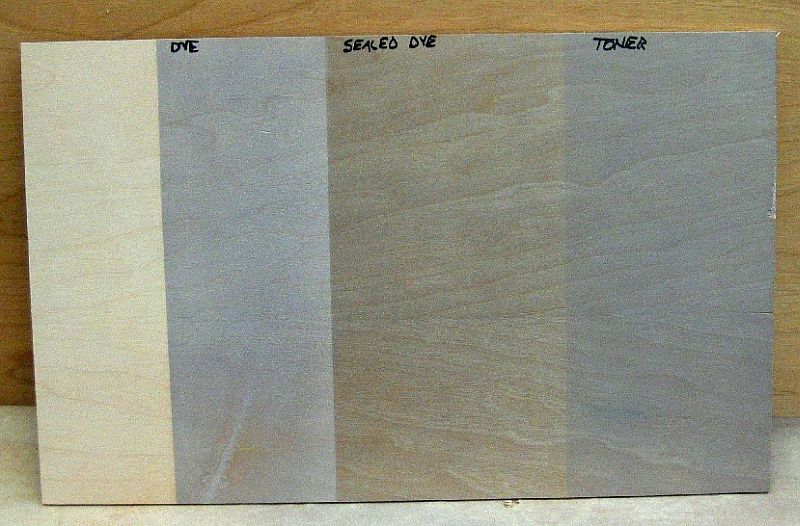Question
I use a lot of polyurethane, both over stain and the kind mixed with stain. I have had good results until recently.
We sanded and stained a lot of kiln-dried oak for stairs, and when the poly went on... bubbles! We sanded out the bubbles with 400-grit paper and cleaned the surfaces with a tack cloth, then applied the second coat of poly... more bubbles, although fewer less. Third coat, no bubbles at all.
Now I have had a similar experience with some oak "one by" stock. Can anyone tell me what causes this and how to avoid it?
Forum Responses
Two things.
First, make sure you are using an appropriate brush for the material, nylon for waterborne poly and natural bristle for oil-based poly. Soak the brush in either water or mineral spirits before using it, and you'll notice bubbles coming out from under the ferrule. Just wait until the bubbles cease.
Then remove the wet brush and wring it out lightly, just so it is not dripping wet. Now use the brush as you normally would -- and slow down your brush strokes a bit.
Secondly, as you noticed, the problem with bubbles will decrease as the finish seals the wood. Part of the problem you are having is made just a little worse before the wood is sealed. You might try using a sanding sealer after the coloration and before the first topcoat - this should get you going much quicker.
1. You may be over brushing.
2. Try thinning the first coat 5 to 25 percent to allow the poly to seal the pores
3. Use a good China bristle brush and flow the poly on the substrate. Go with thin coats; do not over brush.
4. We use a fast dry waterborne sealer called Petri Dream 2000, which can be used under both solvent and waterborne products. This saves us at least one whole day per job.
Make sure there's ample ventilation so the solvents can escape the room. In other words, keep the windows open.
To decrease drying time, you can thin with Naptha up to one pint per
gallon.
Air or solvent from the stain or previous finish needs to evaporate, and can only get out through the pores of the oak. Make sure the previous finish has at least a day to dry. When we try to rush projects through we have run into this problem, too.
Comment from contributor A:
In your case the bubble is coming from the air bubbles adsorbed on the surface the brush, hence the brush needing to be kept inside water/solvent for a considerable amount of time. This I believe will solve your problem.
Other than this, polyurethane has a peculiar problem associated with its hardener - the hardener being isocynate, it reacts with moisture and forms carbon dioxide as byproduct. This can also be another cause of bubble.
Hence it is important to check the condition of hardener. If the hardener has turned milky from clear appearance, it is advisable to not use that hardner.
- Very smooth surface preparation.
- Sanding between coats with very fine grit paper (220 and finer).
- Diluting the poly.
- Using high quality natural and synthetic bristle brush.
- Spraying as top coat, though I am not an expert on spraying.
Nothing worked for the look and finish I wanted. Then I applied my knowledge of French polishing and applied thinned poly (2 part poly and 1 part slow-drying paint thinner) with a cloth pad. I used my old vest for this. Surprisingly I got the best possible results for hand finish. It looks and feels smooth as a car finish.
Another option that could be worth trying is the lamb's wool refils used for floor finishing. With wool, you'll need a little bit of practice to control the flow (daubs) on the finish. I also got acceptable finish results with a foam brush. I tried a foam brush on a small piece, not on the whole top.
Best thing I found about poly is that the upper coat reacts with the coat beneath and amalgamates with that.
